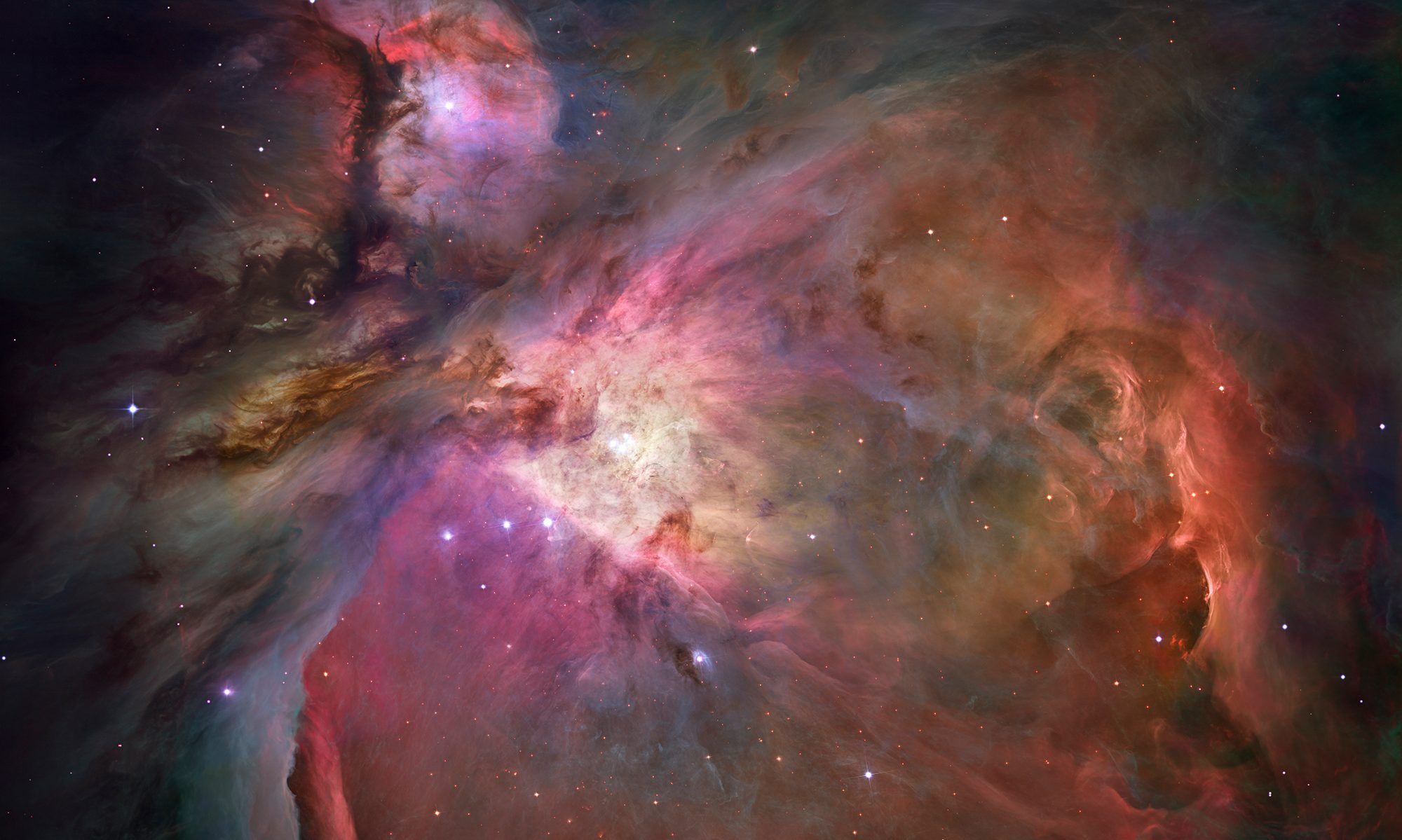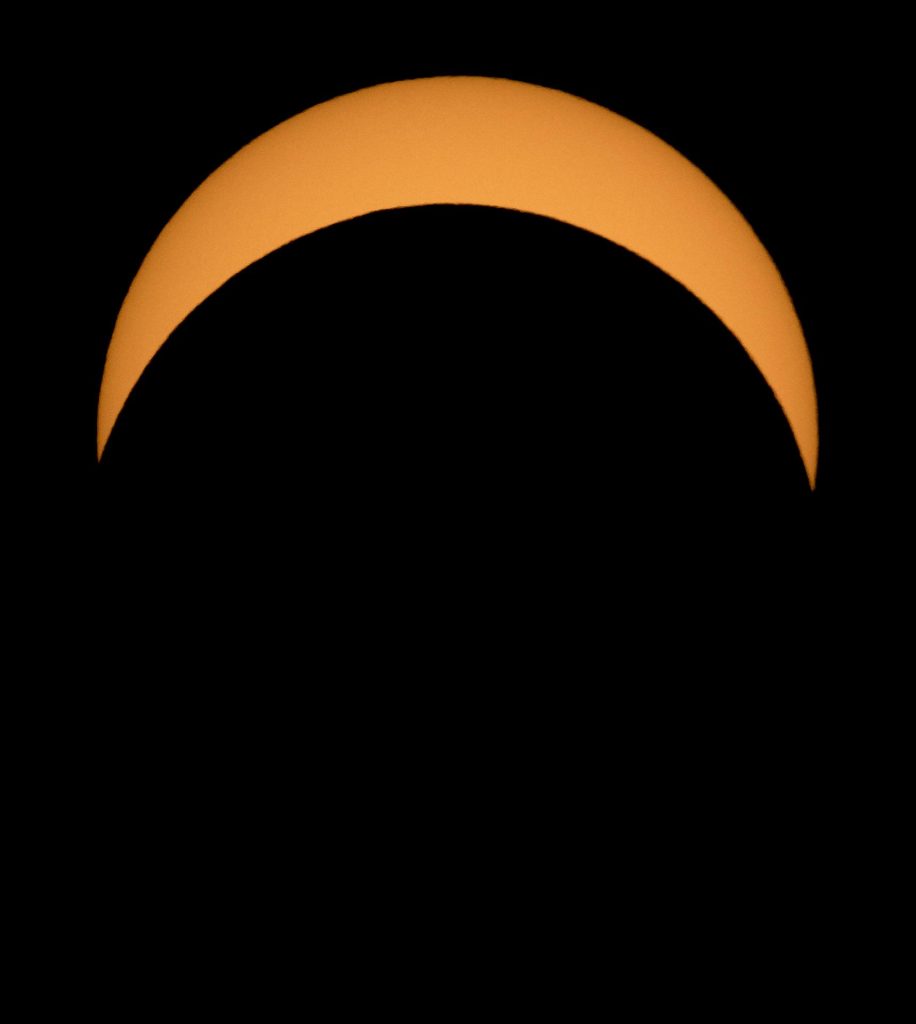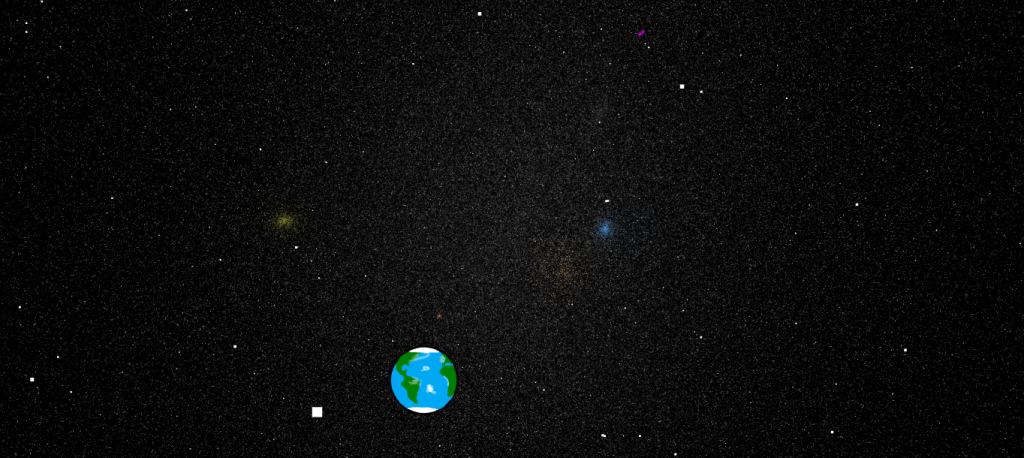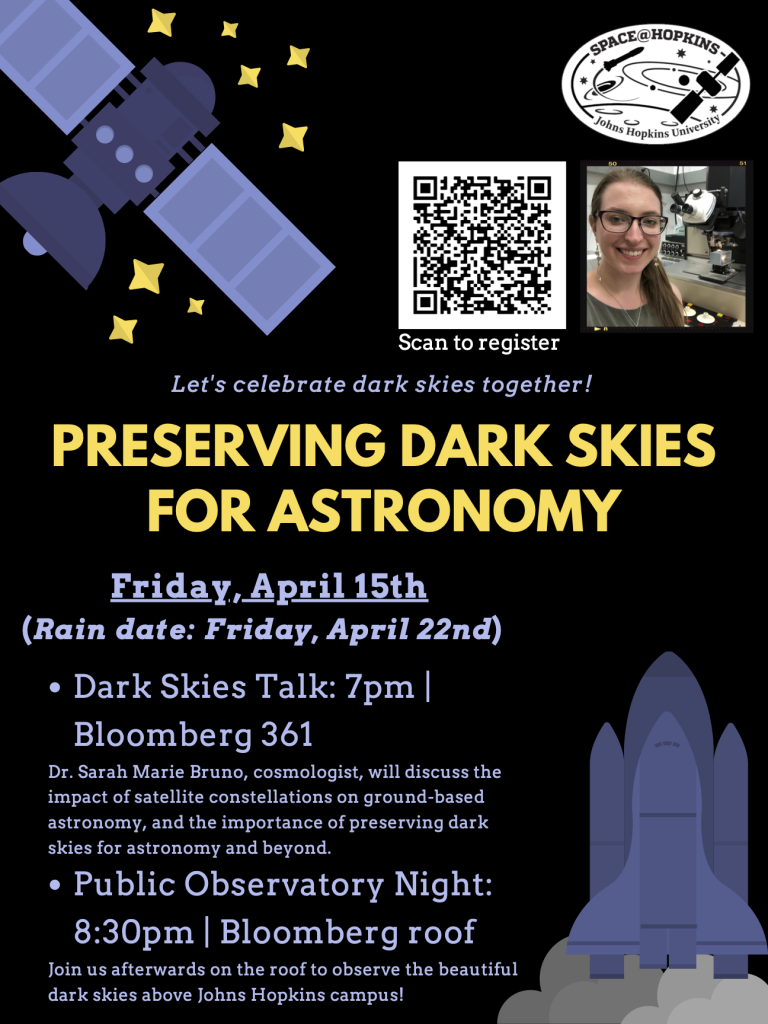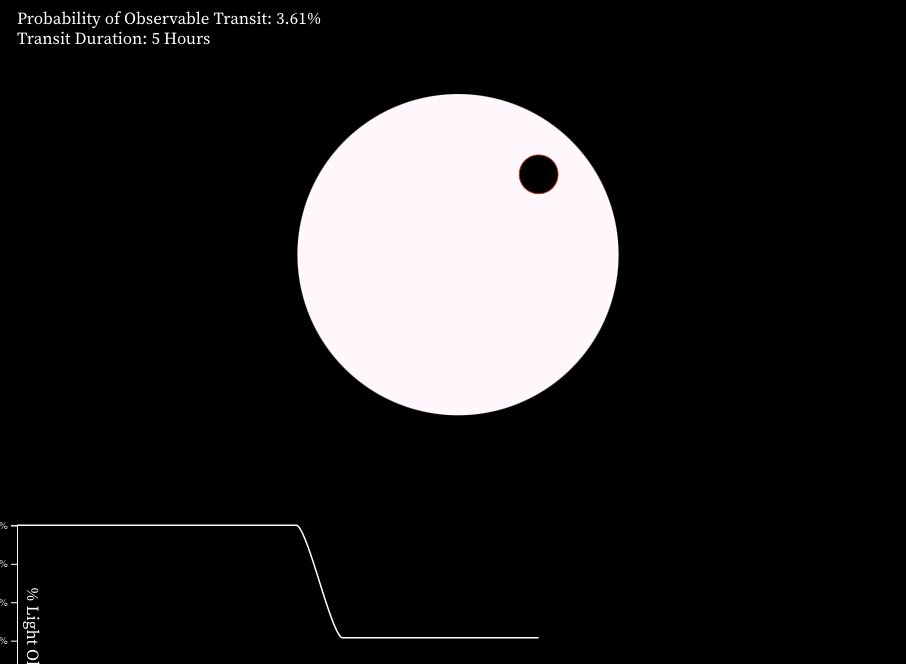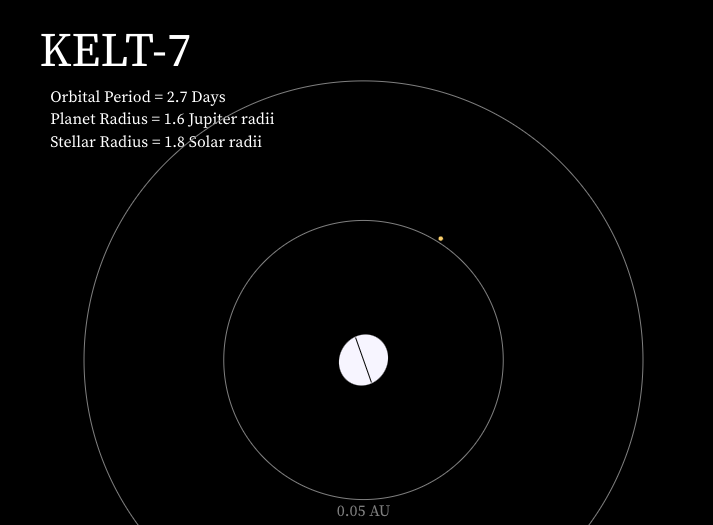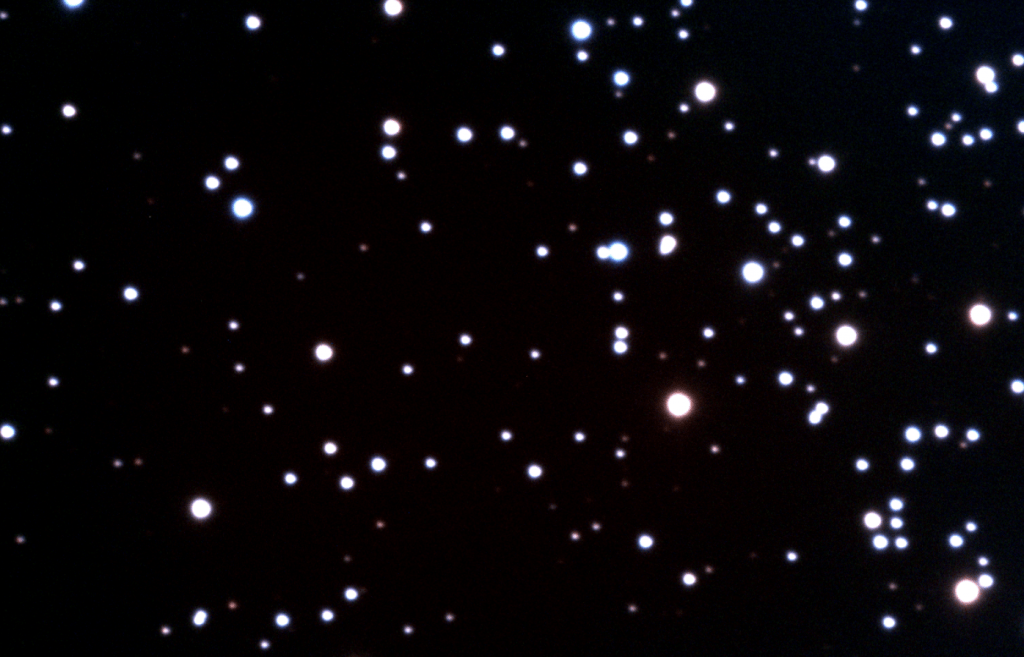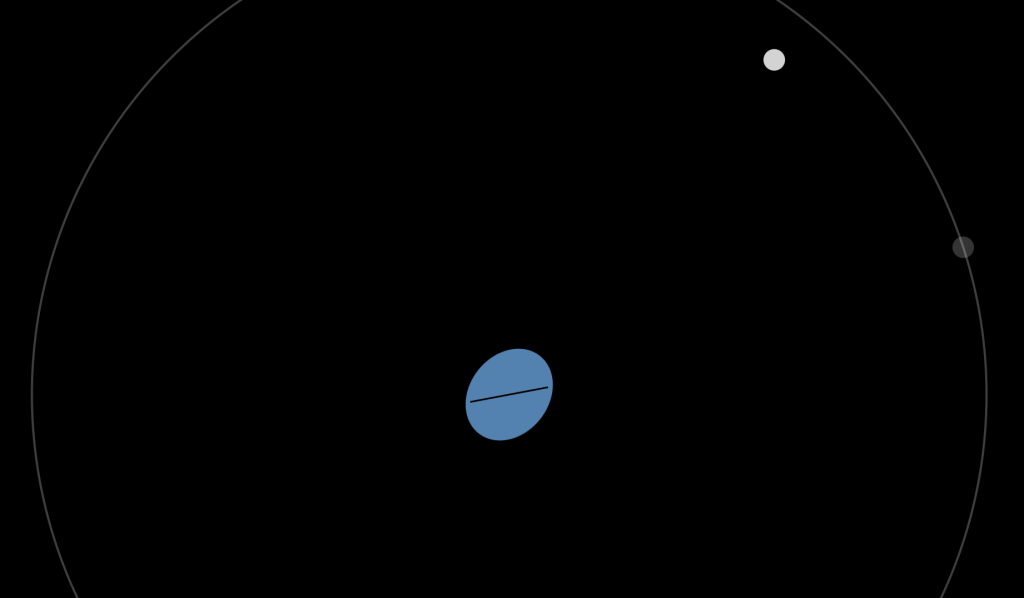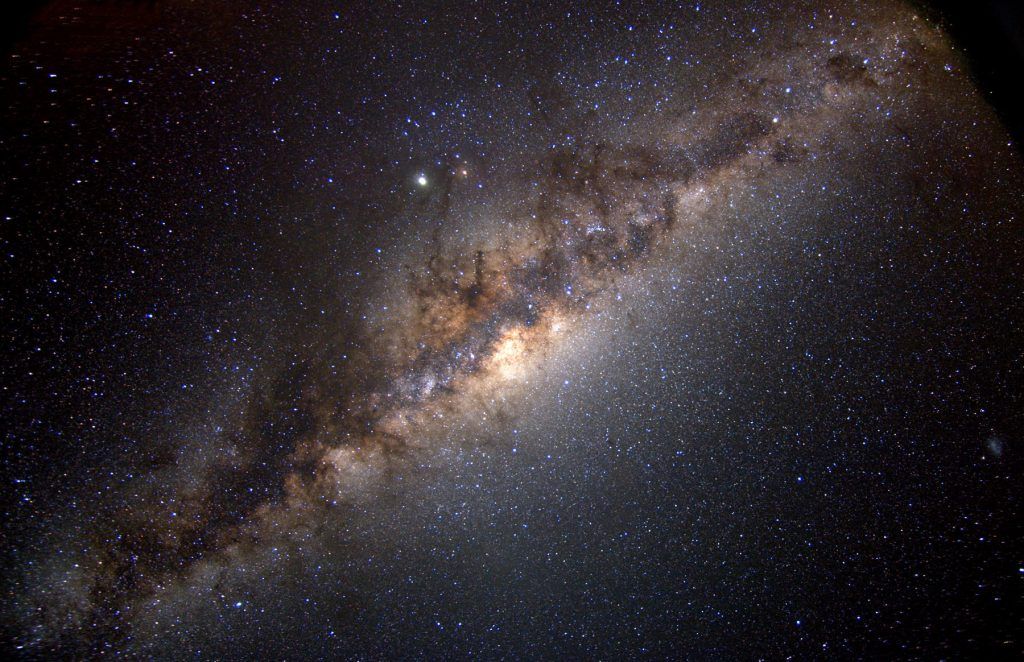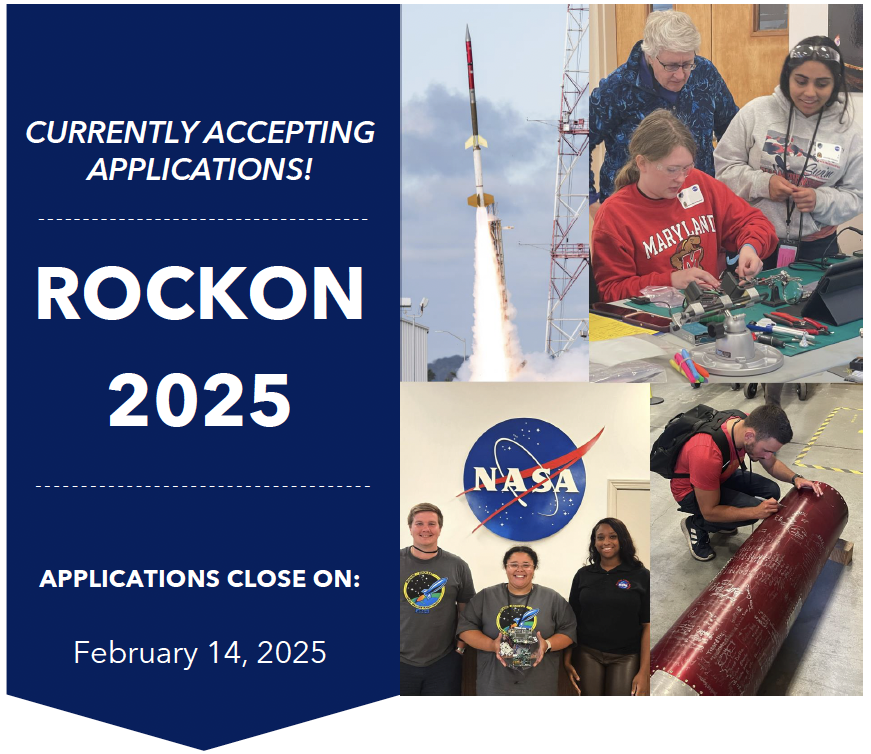
Update: The RockOn application for 2025 has closed. Congratulations to the Maryland teams who were accepted! This page will be updated when information about the 2026 application becomes available.
RockOn, a workshop at Wallops Flight Facility for sounding rocket payload design, is an exciting chance for faculty and students to kickstart payload projects at their home institutions. Participants in the workshop will build a working scientific payload and then see it launch on a real sounding rocket!
MDSGC intends to sponsor one or more teams for each year’s workshop and encourages Maryland students and/or faculty to submit applications for team sponsorship! For 2025, the RockOn application deadline was February 14, 2025. If you are interested for this year or an upcoming year, please visit NASA’s RockOn page to apply and also contact MDSGC to let us know of your interest.
Here is a summary of important information about RockOn 2025:
- Application deadline is 02/14/25 – but why wait?
- 1 faculty mentor from the applicant institution must be willing to attend.
- 2 students from the applicant institution must be able to commit to attending.
- Attending faculty and students must be U.S. citizens or permanent residents.
- Workshop dates are June 20-27, 2025.
- Location is NASA/Wallops, with hotels nearby in Chincoteague, VA.
- In order for you to participate, NASA must select your application – it’s not automatic.
- MDSGC will pay the workshop registration and travel costs for as many Maryland institutions/participants as possible, subject to the availability of funds.
